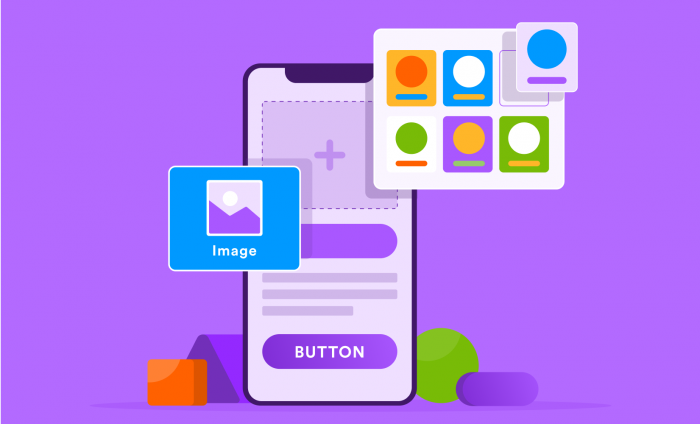632 words ~ 2 min read
The Emergence of No-Code

In days past, accessing written knowledge was unheard of.
It wasn’t until 1440 when the first method of printing came about in Europe that everything changed.
We owe this thanks to German craftsman and inventor, Johannes Gutenberg, who according to Britannica, ushered in an “information revolution” when his printing press made books widely accessible.
Suddenly, knowledge and information became democratized.
And well, you know how this story goes.
In a similar vein, the emergence of the no-code movement has also come to level the playing field: in allowing people with no tech skills to build without code.
What this means is that the advent of these platforms are now making it possible for anyone — from entrepreneurs to creatives — to seize these new opportunities. For example:
SquareSpace is a website builder that’s been around since 2003 and allows you to turn your ideas into reality with their user-friendly drag and drop design. They give you everything you need to grow online — all you do is start with a template.
Webflow, empowers people to build their own professional, custom website with a completely visual canvas. The company’s co-founder and CEO, Vlad Magdalin, launched the platform back in 2013 with the vision to help anyone without a computer science degree have the opportunity to create what they want, when they want it.
Shopify, a Canadian multinational e-commerce company takes the guesswork out of marketing with built-in tools so you can easily set up an online shop within a matter of hours, instead of months.
These are just a few platforms paving the way with this movement. What do they all have in common? They want to remove the barriers to access by providing solutions without the hassle.
From the beginning, I knew this was the path I wanted to take with Jotform back when we were a startup — in building no-code tools so that people didn’t have to rely on a “middle man.”
To put this into context: we help save you time by making things like collecting data, automating online payments, or creating a simple contract as easy as possible. You don’t have to contract an engineer; with our tools, anyone with zero developer skills can create their own forms.
It’s also why we spent the past three years working on our latest no-code tool, Jotform Tables, so that our users could collect, organize, and manage their data all in one workspace in an effortless and intuitive way. No matter where you fall on the technical skill spectrum.
Gone are the days when the rallying cry was “learn to code, or else.”
With the emergence of no-code, these possibilities for creating on your own terms are now within your grasp. As Ryan Hoover noted: “You no longer need to become a programmer to build things on the internet.”
But I want to be very clear on something. Progress doesn’t mean doing away with custom built software. What it does mean? The privilege of creating won’t remain in the hands of a chosen few.
Just as the printing press revolutionized our access to knowledge — not needing to code changes everything. Here’s another advantage it poses.
More and more people creating on their own terms
No code means you won’t have to wait months or even years to see a project come to life. You can start today, in this instant. Whether you’re a freelancer or small business owner wanting to explore your options — you can easily use these tools to set up your own website and online shop in a matter of hours.
Don’t have a major budget? Not a problem. You don’t have to be bound by outside funding to try out your options. As American businessman and philanthropist Michael Dell, put it:
“You don't have to be a genius or a visionary or even a college graduate to be successful. You just need a framework and a dream.”